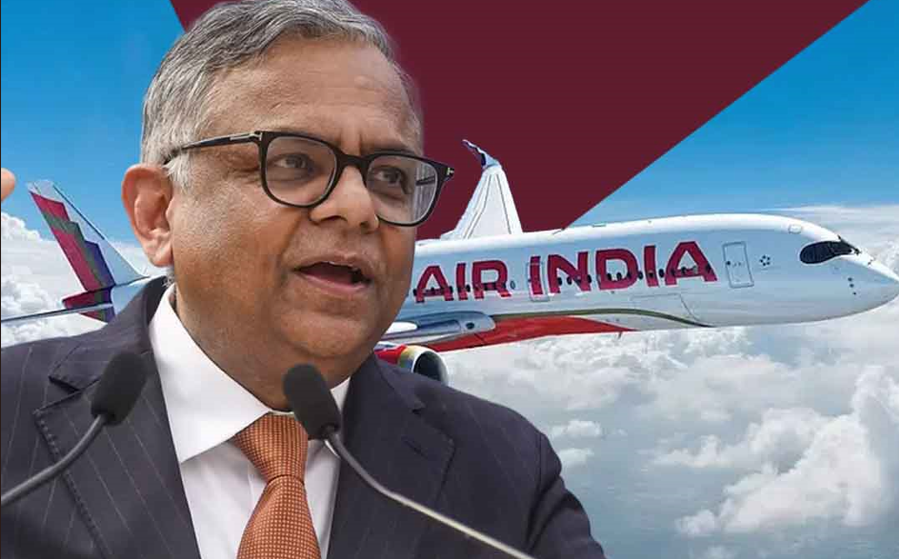In a significant move following a recent tragic air crash, Tata Group chairman N. Chandrasekaran has personally assumed control of Air India’s daily operations. This incident marks one of the most challenging crises the venerable Tata Group has encountered, demanding immediate and focused leadership.

Stepping Up: Leadership During Crisis
According to an Economic Times report, Chandrasekaran is dedicating his immediate attention to critical areas including government interactions, thorough safety assessments, meticulous flight upkeep, and the crucial task of boosting employee morale, all under intense public scrutiny. His presence at the airline’s headquarters underscores a commitment to swift decision-making and focused attention that, as a group official noted, “only he can provide at this time.”
Focus on Safety and Coordination
Air India’s CEO Campbell Wilson is working in close collaboration with Chandrasekaran, particularly on long-term strategic initiatives and navigating complex regulatory matters. Sources indicate that the current situation necessitates rapid decisions and a hands-on approach, a domain where Chandrasekaran’s extensive experience with the Tata Group proves invaluable.
Wilson himself is actively engaging with departmental heads and has initiated a comprehensive review of the airline’s safety protocols. An insider confirmed that “The CEO is also the point person for all interactions with government organisations like the DGCA and AAIB.” Furthermore, Wilson is managing disruptions within the airline’s network and proactively preparing contingency plans. Despite being in Paris during the Ahmedabad crash, he promptly returned to India to provide support to the affected families. The Tata Group has chosen not to comment publicly on these internal shifts in operational leadership, though a group official reiterated that Air India is currently their utmost priority.
Historical Precedent for Tata Leadership
Historically, direct intervention from the Tata chairman during periods of crisis is not unprecedented. Notable examples include J.R.D. Tata leading recovery efforts after a major fire at Tata Steel in 1989. Similarly, Ratan Tata personally managed responses during the Tata Finance fraud and demonstrated unparalleled leadership during the tragic 26/11 attacks on Taj Hotels. A former director aptly noted that Chandrasekaran himself was previously recognized for his crisis management capabilities during his tenure at TCS.
The Aftermath and Rebuilding Trust
The recent Air India crash in Ahmedabad on June 12 resulted in a devastating loss of 241 lives, including 12 crew members and 33 individuals on the ground. In an immediate response, Air India announced a compensation of ₹1 crore for each victim’s family, a step towards acknowledging the profound loss.
The Tata Group now faces the immense and daunting task of restoring consumer confidence and elevating employee morale, especially amidst heightened public criticism. Industry insiders emphasize that achieving unity and a shared commitment within the organization are absolutely essential for successfully rebuilding trust and reinstating pride in Air India. Chandrasekaran is also in the process of finalizing the details for a trust fund specifically designed to support the families of the crash victims, though it remains uncertain if separate provisions will be made for victims of other nationalities. The path ahead is challenging, but the focused leadership aims to steer the airline through these turbulent times.
